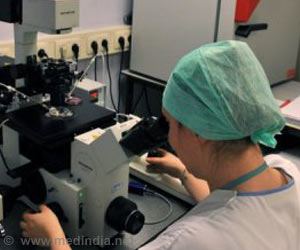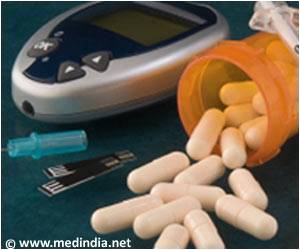There is more to the cost of living in a food desert than higher prices for the few fruits and vegetables sold nearby, according to a study by an Indiana University-Purdue

"We looked at those particular diagnoses because they are ones that are influenced by eating a healthy diet and being more physically active," said Cynthia Stone, clinical associate professor in the Richard M. Fairbanks School of Public Health at IUPUI. Stone led the research project.
The neighborhood, which has no full-service grocery store, is on the east side of the Indiana State Fairgrounds, bounded by 38th and 42nd Streets and Fall Creek Parkway and Sherman Drive. The nearest grocery stores are two to five miles away, falling within the U.S. Department of Agriculture's federal designation of a food desert, Stone said. The federal agency defines a food desert as a census tract with a substantial share of residents who live in low-income areas that have low levels of access to a grocery store or healthy, affordable food retail outlet.
The USDA's Economic Research Service estimates that 23.5 million people in the U.S. live in food deserts in urban neighborhoods and rural towns without ready access to fresh, healthy and affordable food. This lack of access contributes to a poor diet and can lead to higher levels of obesity and other diet-related illness, such as diabetes and heart disease. In the eastside neighborhood, many residents depend upon public transportation. Traveling to the closest grocery stores takes 30 to 45 minutes each way. Some residents had cars or were able to arrange for a ride in a car to the grocery store.
Stone said interviews were conducted with neighborhood association members and officials, as well as representatives of other agencies working in the community. Residents were given a written survey with questions about food shopping, including a question that asked how their food purchases might change if their community had a grocery store.
Researchers gathered data on the current health of the community, looking at hospital and emergency room data, Stone said. The study also found that the residents have a higher hospitalization rate and more frequent visits to the emergency room, compared to other county residents.
The survey showed neighborhood residents would be very supportive of a grocery store in their neighborhood and would change what foods they purchased if a grocery store were located nearby, Stone said. Residents also indicted a need not only for a grocery store but for nutritional education about healthy food, particularly for men who tended to purchase fewer healthy foods than women.
Source-Eurekalert
 MEDINDIA
MEDINDIA



 Email
Email










